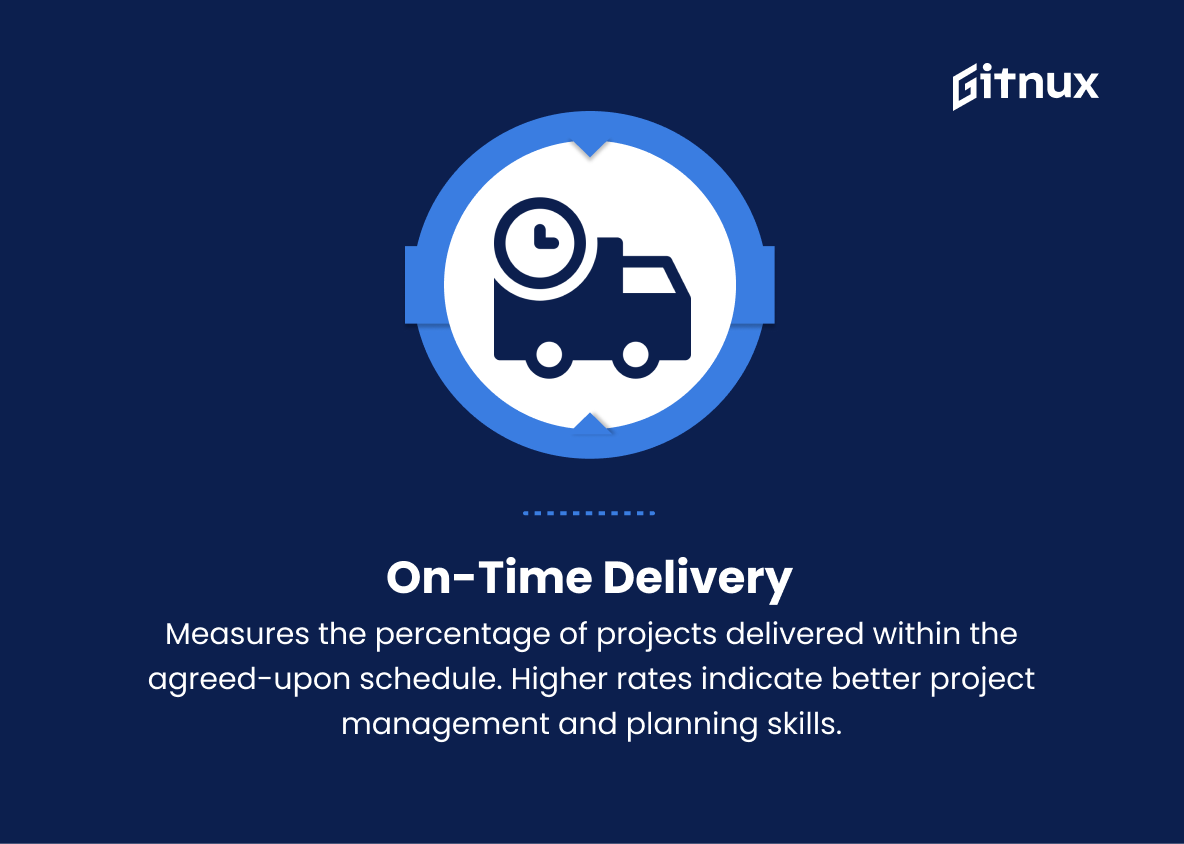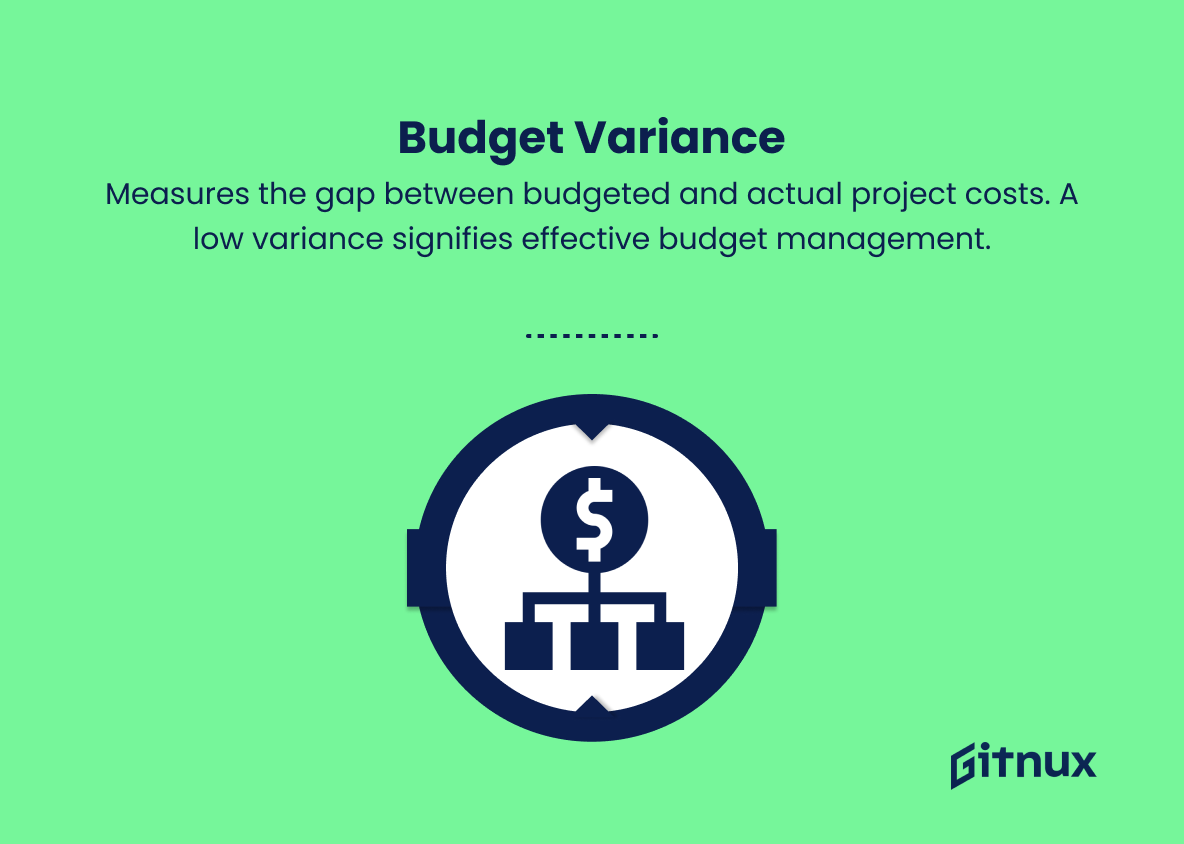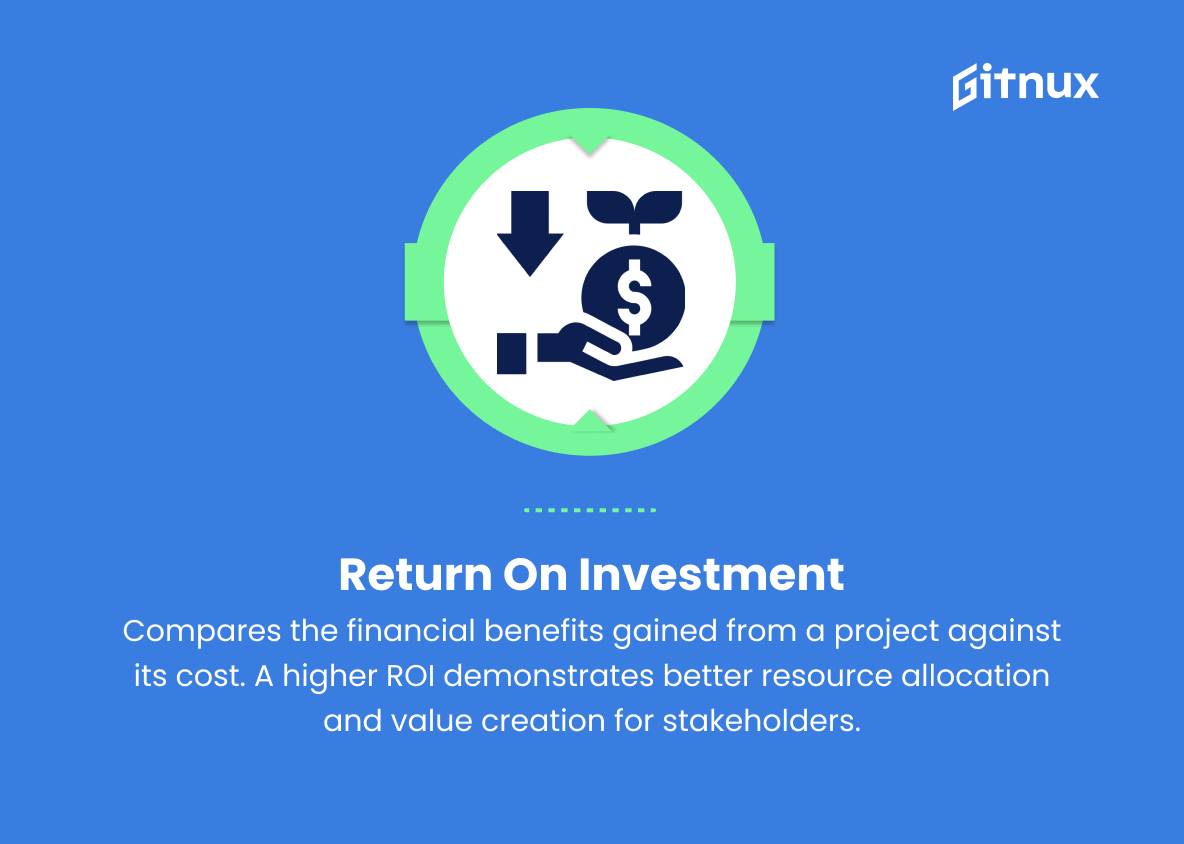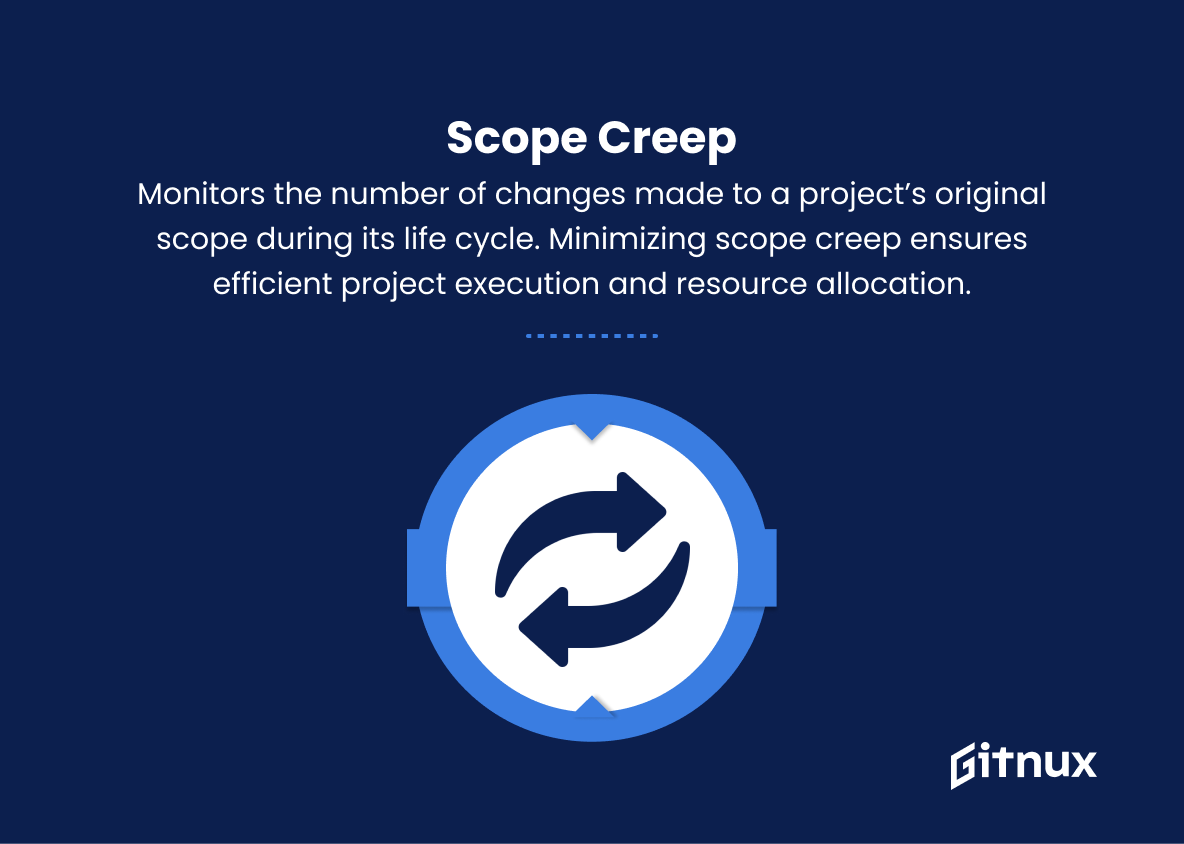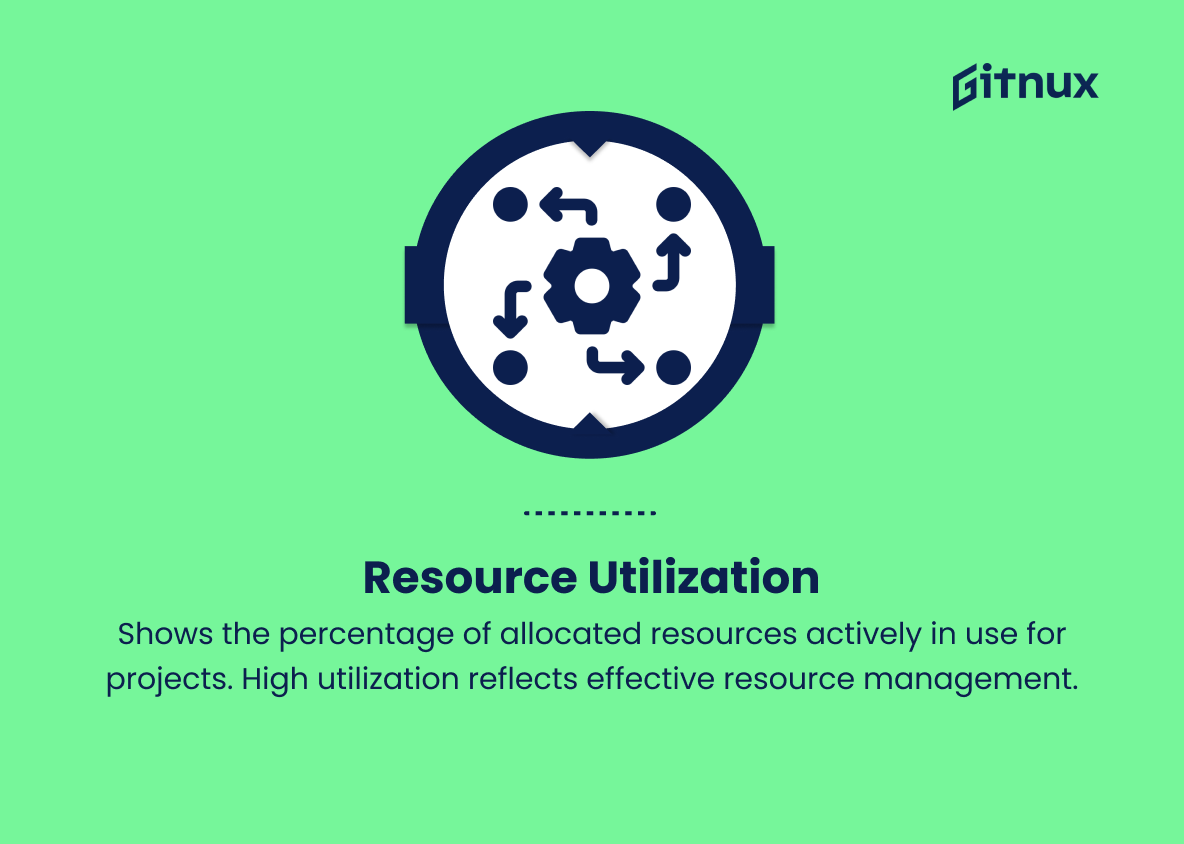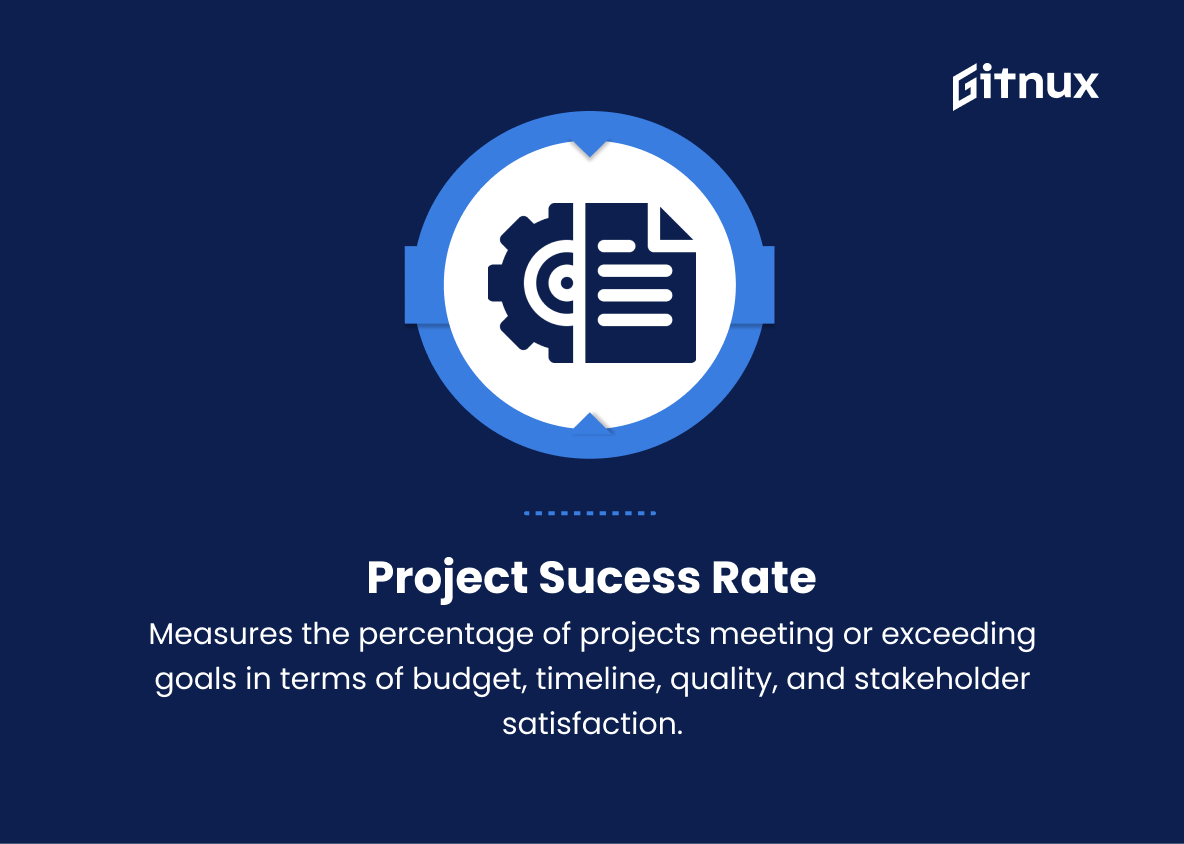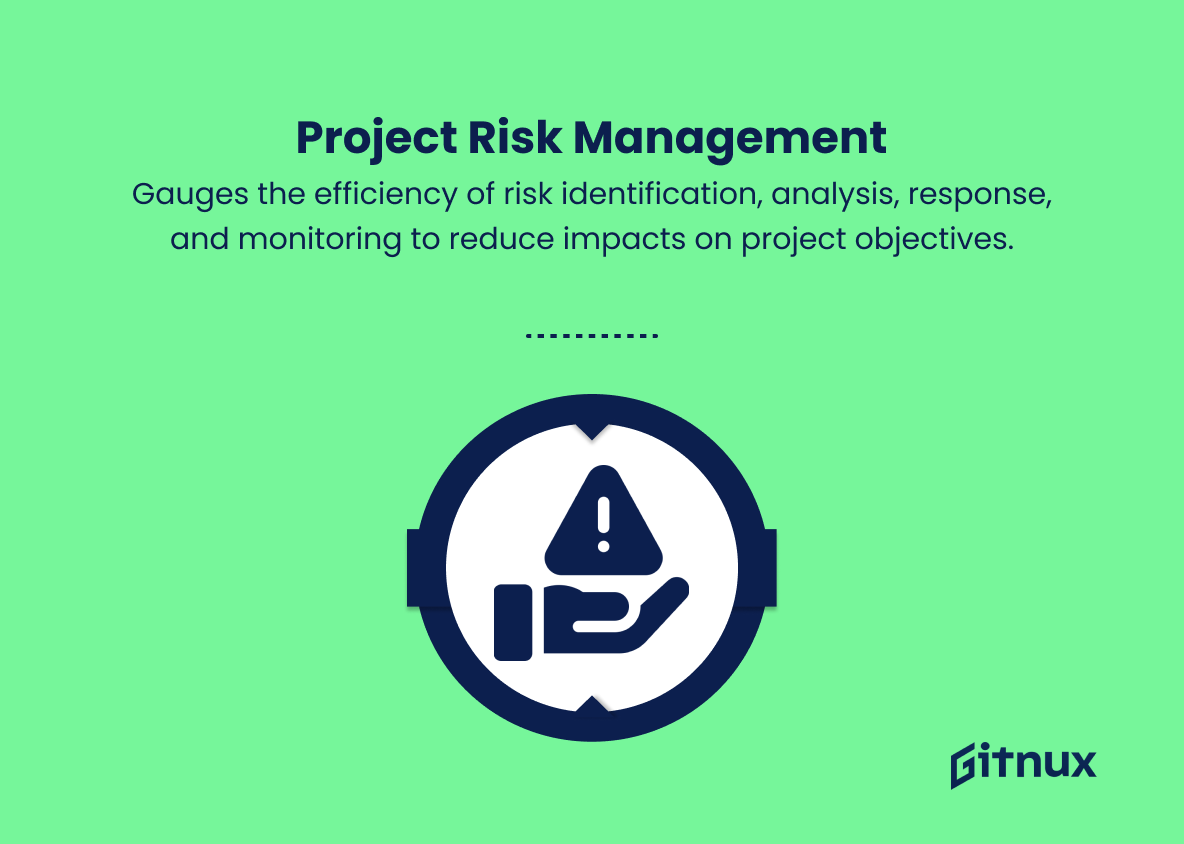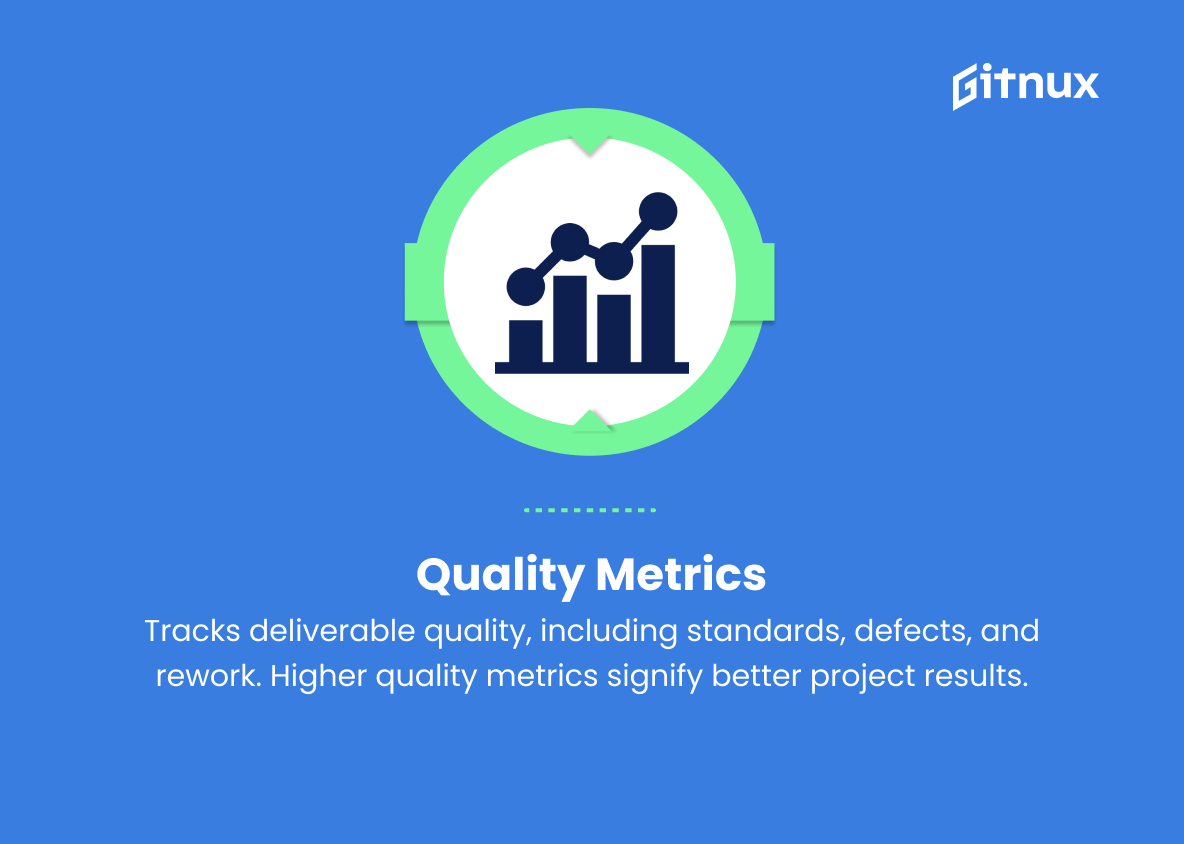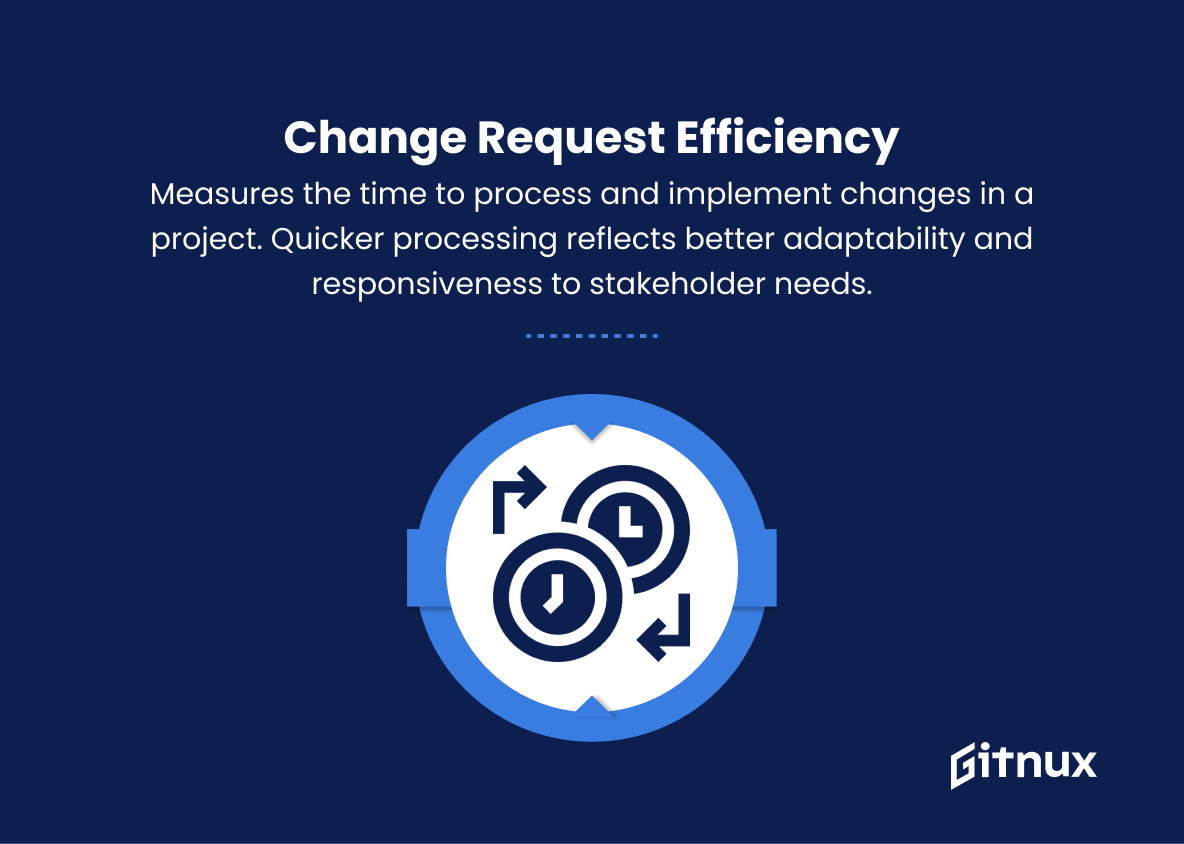In today’s rapidly evolving business landscape, a program manager’s role has become crucial in steering organizations towards success. As the linchpin of project execution, program managers hold significant responsibilities, from streamlining workflows to managing resources and aligning objectives with stakeholder expectations. Consequently, effective Program Manager Key Performance Indicators (KPIs) have emerged as indispensable tools to monitor and evaluate the effectiveness of these vital professionals.
In this insightful blog post, we will explore the significance of Program Manager KPIs, delving deep into the most relevant metrics, their implications, and best practices to optimize program management outcomes. Join us in this comprehensive exploration to better understand and elevate the impact of program managers in your organization.
Program Manager KPIs You Should Know
1. On-time Delivery
Measures the percentage of projects delivered within the agreed-upon schedule. Higher rates indicate better project management and planning skills.
2. Budget Variance
The difference between the budgeted cost and the actual cost incurred on a project. Maintaining a low budget variance indicates effective budget management.
Effective Program Manager Key Performance Indicators (KPIs) have emerged as indispensable tools to monitor and evaluate the effectiveness of these vital professionals.3. Return on Investment (ROI)
Compares the financial benefits gained from a project against its cost. A higher ROI demonstrates better resource allocation and value creation for stakeholders.
4. Scope Creep
Monitors the number of changes made to a project’s original scope during its life cycle. Minimizing scope creep ensures efficient project execution and resource allocation.
5. Resource Utilization
The percentage of resources (such as team members, equipment, or budget) allocated to projects that are actively being used. High resource utilization indicates better planning and management of resources.
6. Stakeholder Satisfaction
Measures the satisfaction level of stakeholders, including clients, team members, and suppliers. High stakeholder satisfaction indicates that expectations are being met or exceeded.
7. Project Success Rate
The percentage of projects delivered that are considered successful in terms of meeting or exceeding goals, such as budget, timeline, quality, and stakeholder satisfaction.
On-time delivery, budget variance, and ROI measure the efficiency of planning, execution, and resource allocation.8. Project Risk Management
Tracks the effectiveness of risk identification, analysis, response, and monitoring. Efficient risk management minimizes potential impacts on project objectives.
9. Quality Metrics
Monitors the level of quality achieved in project deliverables, including adherence to standards, defect rates, and rework needed. Higher quality metrics show better project execution and outcomes.
10. Change Request Efficiency
Measures the time taken to process and implement change requests on a project. Faster change request processing denotes better adaptability and responsiveness to stakeholder needs.
11. Communication Effectiveness
Evaluates how well information is being shared and understood among project team members and stakeholders. Effective communication ensures everyone is on the same page and helps prevent misunderstandings.
12. Team Productivity
Tracks the performance, efficiency, and output of team members working on the projects. Higher productivity levels translate to better project progress and overall results.
Program Manager KPIs Explained
The aforementioned Program Manager KPIs are crucial in evaluating various aspects of project management, ensuring overall success and stakeholder satisfaction. On-time delivery, budget variance, and ROI measure the efficiency of planning, execution, and resource allocation. Scope creep and resource utilization are essential indicators for maintaining control over projects and effectively utilizing available resources. Stakeholder satisfaction, project success rate, and risk management serve as vital KPIs for understanding the project’s impact on involved parties and mitigating potential setbacks.
Quality metrics, change request efficiency, and communication effectiveness encompass the proper execution and adaptability of the project throughout its life cycle. Lastly, team productivity highlights the importance of efficient team performance in achieving project goals. In summary, these KPIs provide a comprehensive evaluation of project management effectiveness, ensuring continuous improvement and value creation.
Conclusion
In conclusion, understanding and implementing program manager KPIs is crucial for the success of any organization. These KPIs serve as the backbone for evaluating performance, promoting effective decision-making, and driving continuous improvement in program management. By focusing on these key areas – financial management, strategic alignment, stakeholder engagement, risk management, and team coordination – program managers can ensure that programs are being executed effectively, within budget, and in accordance with organizational objectives.
Ultimately, embracing program manager KPIs will lead to better project outcomes, higher satisfaction among stakeholders, and improved overall efficiency within an organization, setting the stage for a prosperous future.
